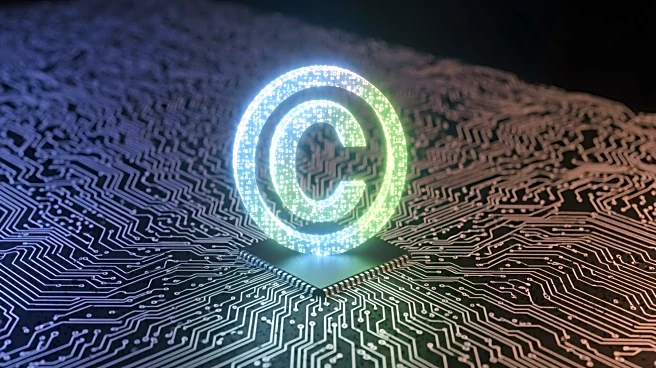What's Happening?
OpenAI has introduced Sora, a generative video model that transforms text descriptions, images, or video inputs into short video clips. Sora builds on OpenAI's previous text-to-image systems, using new
architectures for natural motion and visual consistency. The tool is available to ChatGPT Plus and Pro subscribers, offering features like storyboarding and synchronized dialogue. Sora's capabilities have sparked interest among creators, but also raised concerns about the potential for misinformation and the erosion of trust in visual media.
Why It's Important?
Sora represents a significant advancement in AI-driven video creation, potentially transforming the film, entertainment, and media industries. By enabling video production from simple prompts, Sora reduces the need for large teams and specialized software, altering the economics of content creation. However, the ease of generating realistic videos also poses ethical challenges, as manipulated content can spread misinformation and impersonate public figures. OpenAI's Likeness Misuse filter aims to address these concerns, but the broader implications for trust in visual media remain.
What's Next?
As Sora continues to evolve, OpenAI may introduce additional features to enhance its capabilities and address ethical concerns. The platform's expansion into professional video creation suggests a focus on attracting more creators and establishing a closer relationship with the industry. OpenAI's efforts to refine its safeguards and improve transparency may influence the development of similar AI tools, prompting discussions about responsible use and regulation in the tech community.
Beyond the Headlines
Sora's impact on the creative industry highlights the cultural shift towards AI-driven content creation, emphasizing convenience and efficiency over traditional methods. The tool's ability to generate realistic videos raises questions about the future of authenticity in media and the role of AI in shaping public perception. As generative AI becomes more prevalent, the need for ethical guidelines and transparency in its use becomes increasingly important.












